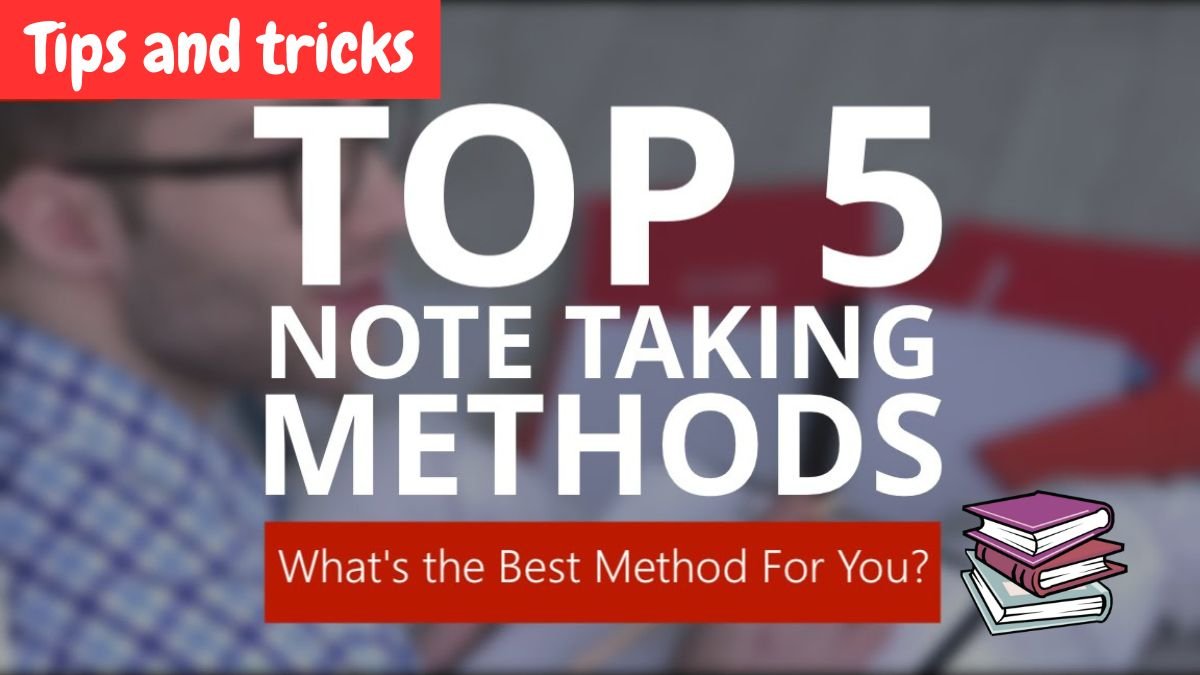Note-Taking Strategies That Work for All Disciplines
If you want to be better at studies, just paying attention in class is not enough. Making notes properly is as important as studying. But the question arises – what is the best way to make notes?
Actually, every student has a different way of studying and understanding. Some students learn better in a visual way, while others remember by writing. Therefore, it is important to understand which note-taking strategy is best for you.
1. The Outline Method
This is the easiest and most organized way of making notes. In this, you write the main points in bullet points and add the information related to them one by one in small points below them.How to use:
- Make the main topic a title
- Add sub-points in bullet points below
- Write the important points in brief
When to use:
- When you need to make quick notes during a lecture
- This method is very useful for subjects like history, political science, or management
Advantages:
- The main points of the topic are clearly visible
- Two connected ideas can be shown together
- It is very helpful during revision
Disadvantages:
- Less useful in subjects with diagrams or visual content
2. The Cornell Method
This method was developed in the 1950s at Cornell University. It not only helps in writing down information, but also forces you to think while reading.How to use:
- Divide the page into three sections: main notes, keywords/questions, and summary
- Write the main points of the lecture on the right
- Related questions, doubts or points on the left
- Write a summary of the entire page at the bottom
When to use:
- When you want to understand a topic in depth
- This is a great method for revision
Advantages:
- Inculcates the habit of thinking and understanding
- Summary makes it easier to revise
- Keeps all the information organized
Disadvantages:
- Takes time to set up the page initially
- Making quick notes during the lecture can be difficult
3. The Boxing Method
This method is especially beneficial for visual learners. In this, each topic or sub-topic is kept in a separate box.How to use:
- Assign each page to a topic
- Put a box for each lecture or sub-topic
- Label the boxes for easy identification
When to use:
- When revising or when you want to summarize a topic
Advantages:
- Gives you a quick look at the highlights of each lecture
- Makes revision easier
Disadvantages:
- Hard to take quick notes during lectures
- Making boxes manually can be time consuming (if not using an app)
4. The Charting Method
This method is very useful if you need to compare different things.How to use:
- Divide the page into columns and rows
- Each column represents an attribute (e.g. name, quality, comparison)
- Each row contains a new topic or example
When to use:
- When comparing multiple things in a topic, such as science, history events, etc.
Advantages:
- Makes it easier to compare topics
- Information looks organized
Disadvantages:
- Not useful for topics that follow one another
5. The Mapping Method
This method follows a tree-like structure where you start with a main topic and then add related subtopics as branches.How to use:
- Write the main topic at the top or in the middle
- Add related topics as branches
- Add related sub-topics and examples to each branch
When to use:
- When you need to develop a deeper understanding of a topic
- It is effective in topics that have a story or progression
Advantages:
- The relationship between ideas is easily visible
- Can be explained in detail without filling up the page
Disadvantages:
- There may be space issues if there are too many branches
6. The Zettelkasten Method
This is a German technique which means “box of notes”. In this, each idea is written on a separate card and tags are used to link them together.How to use:
- Write each idea on a card
- Link related ideas using tags
- Create topic-wise collections
When to use:
- When you want to accumulate knowledge on a topic over the years
- For a research project or long study
Advantages:
- Creates a permanent repository of knowledge
- Easier to read during revision
Disadvantages:
- Takes time to set up and maintain
7. Mind Mapping
Mind mapping is a creative and open-ended way of thinking. This is also a visual method, but it does not have any strict structure.How to use:
- Write a main idea in the middle
- Branch out related ideas around it
- New ideas will automatically follow
When to use:
- When you are planning or brainstorming new ideas
Advantages:
- It is easier to break down big ideas into smaller pieces
- Relationships between ideas are understood
- Creative thinking is encouraged
Disadvantages:
- It can be difficult to use directly during a lecture
Conclusion
The method of taking notes may be different for each student. Some students understand better from tables or charts, Some in a map or visual way. The most important thing is to identify your style and adopt the right note taking technique accordingly.
Good notes not only help you in exams, but can also become your source of knowledge for life. So try out these methods, and make it a habit to do whatever works best for you.







